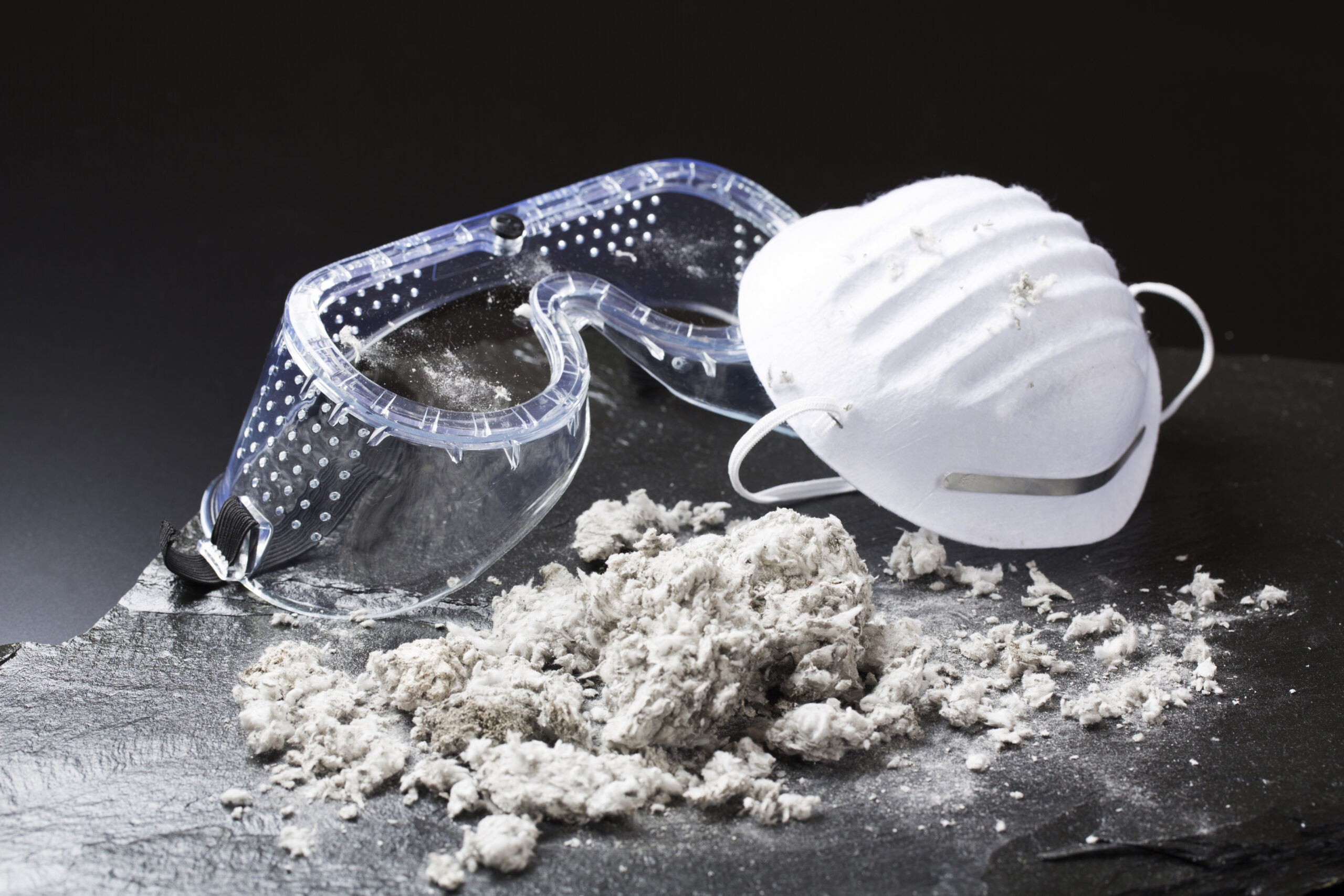
For decades, asbestos was hailed as a “miracle mineral” due to its heat resistance, strength, and insulating properties. Used extensively in construction, manufacturing, and a range of other industries, its fibers seemed almost too good to be true!
Fast forward to the present, we now know that this once-celebrated material comes with a dark side: significant health risks. Here, we’ll dive deep into the world of asbestos, unraveling its nature, historical usage, and its lingering presence in today’s environment.
What Exactly Is Asbestos?
Asbestos is not just one mineral. Instead, it’s a name given to a group of naturally occurring silicate minerals that share similar properties. These minerals form in fibrous crystals, creating long, thin fibers that are both flexible and resistant to heat, chemicals, and electricity.
As stated by the National Cancer Institute, “Asbestos minerals are divided into two major groups: Serpentine asbestos and amphibole asbestos.”
- Serpentine Asbestos: The only mineral in this category is chrysotile, which is also known as white asbestos. It is the most commonly used form of asbestos and features curly fibers.
- Amphibole Asbestos: This category encompasses several minerals, including amosite (brown asbestos), crocidolite (blue asbestos), tremolite, actinolite, and anthophyllite. Amphibole asbestos fibers are straighter and more brittle than chrysotile fibers.
The Uses of Asbestos Throughout History
Asbestos, derived from the ancient Greek term for “inextinguishable,” has been intertwined with human history for millennia. Its durable and heat-resistant fibers first fortified Stone Age pottery over 4,500 years ago. However, it was during the Industrial Revolution that its use surged, insulating everything from steam engines to the U.S. Navy’s World War-era ships.
By the mid-20th century, the dark side of this “miracle mineral” became apparent. As health risks emerged, notably asbestosis and mesothelioma, its widespread usage dwindled, with many countries imposing strict regulations or outright bans.
Today, asbestos-use in the United States has mostly been eliminated. Many older homes, constructed during the era when asbestos was lauded for its durability and insulating properties, remain potential reservoirs of the material. These homes often harbor asbestos in roofing shingles, floor tiles, insulation, and more. While largely inert when left undisturbed, renovations or demolitions can release these fibers into the air, presenting a risk of exposure.
How Luce Air Quality Can Help
The tale of asbestos is a testament to humanity’s ability to harness natural resources for an array of purposes, but it also stands as a stark reminder of the unintended consequences that can arise when the full implications of a substance are not understood.
If you suspect that your home or building could possibly contain traces of asbestos, don’t wait! Our team of indoor air professionals proudly offers asbestos surveys as well as healthy building checkups to ensure the safety of your space. Exposure to asbestos is never safe – no matter the amount!
If you’re ready to take the next step in protecting yourself and others from the presence of asbestos or have any questions, contact the Luce Air Quality team today or call 904-803-1014!


